Best Practices for Operating a Semi-Automatic Weigh Filler
In the packaging industry, precision and efficiency are paramount. Semi-automatic weigh fillers play a crucial role in ensuring the accurate and consistent filling of products. Adhering to best practices when operating these machines is essential to maintain optimal performance, minimize downtime, and maximize productivity.
Proper Installation and Setup
– Level the Filler: Ensure the weigh filler is installed on a level surface to prevent inaccurate weighing.
– Calibrate the Scales: Regular calibration is essential for precise weighing. Follow manufacturer guidelines for calibration procedures.
– Configure Machine Settings: Set the machine parameters, such as fill weight, target weight, and filling rate, according to product specifications.
Product Handling
– Choose the Right Product: The weigh filler must be compatible with the product being filled. Consider factors such as product size, density, and flowability.
– Ensure Product Quality: Monitor product quality to prevent foreign objects or contaminants from entering the filler.
– Control Product Flow: Use appropriate methods to control product flow, such as vibratory feeders or hopper agitators, to maintain consistent filling.
Filling Process Optimization
– Optimize Fill Rate: Adjust the filling rate to achieve the desired balance between speed and accuracy.
– Monitor Fill Weight: Continuously monitor the fill weight to ensure it meets specifications.
– Prevent Overfilling: Implement measures, such as weight cutoff sensors or fill nozzle shutoffs, to prevent overfilling and waste.
– Handle Overfill Events: Develop procedures for handling overfill events to minimize product loss and downtime.
Maintenance and Troubleshooting
– Regular Cleaning: Clean the weigh filler regularly to prevent product buildup and maintain optimal performance.
– Preventive Maintenance: Conduct preventive maintenance tasks, such as lubrication and filter replacement, to extend the machine’s lifespan.
– Troubleshooting: Learn to identify common problems and implement solutions, such as addressing scale drift or nozzle clogs.
– Emergency Protocols: Establish clear emergency protocols for handling sudden equipment failures or product spills.
Safety and Hygiene
– Adhere to Safety Guidelines: Follow all safety guidelines provided by the manufacturer and maintain a clean and organized work environment.
– Use Personal Protective Equipment: Wear appropriate personal protective equipment, such as gloves and safety glasses, when operating the weigh filler.
– Sanitation and Hygiene: Maintain a hygienic work area by regularly sanitizing the machine and its surroundings to prevent contamination.
By following these best practices for operating a semi-automatic weigh filler, facilities can achieve optimal performance, reduce downtime, and ensure the accurate and consistent filling of products. From proper installation to maintenance and troubleshooting, every aspect of the filling process should be carefully managed to maximize efficiency and minimize waste. By adhering to these principles, packaging operations can improve their productivity, enhance product quality, and maintain a safe and hygienic work environment.
-
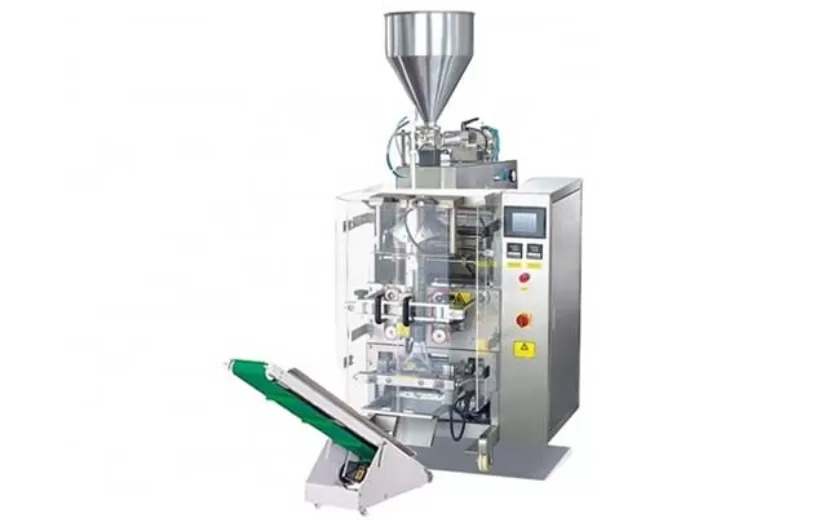
Advanced Packing Solutions: Snacks, Sugar, and Frozen Food Machines
29-10-2025 -
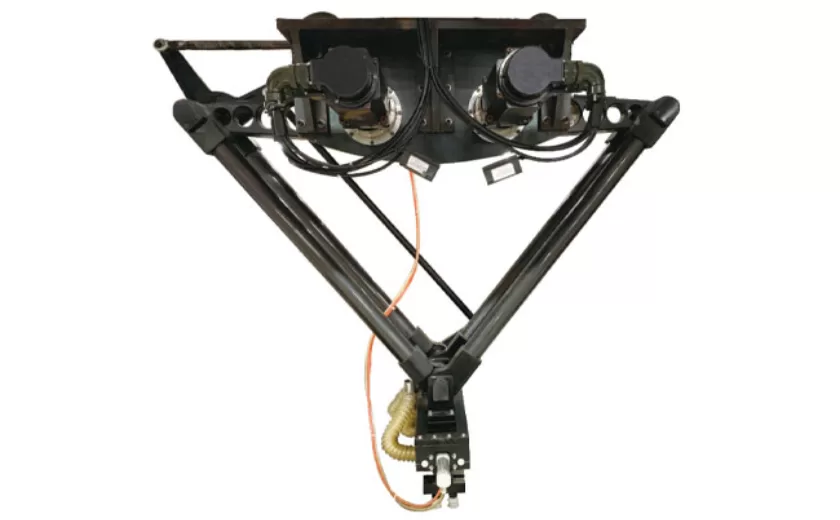
Efficient and Reliable Solutions for Salt, Nuts, and Frozen Dumplings Packing
29-10-2025 -
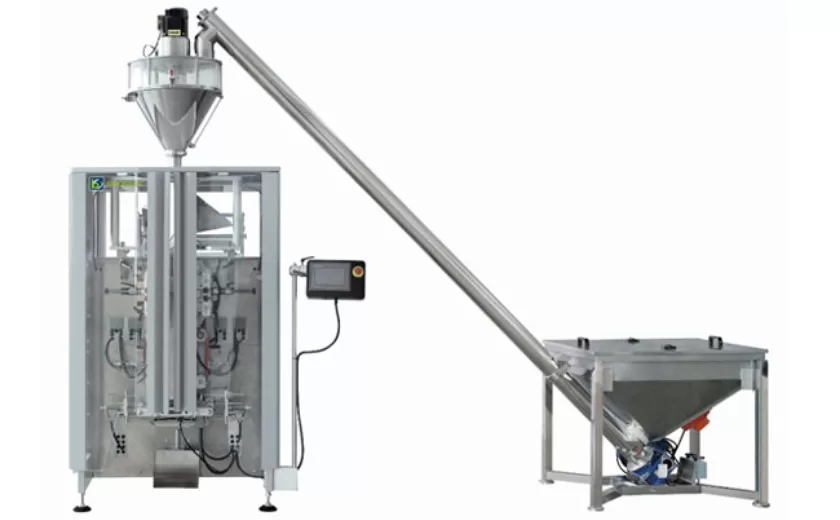
High-Performance Biscuits, Lollipop, and Ketchup Packing Machines for Modern Food Production
29-10-2025 -

Efficient Liquid Filling and Packing Machines for Modern Production
23-10-2025 -
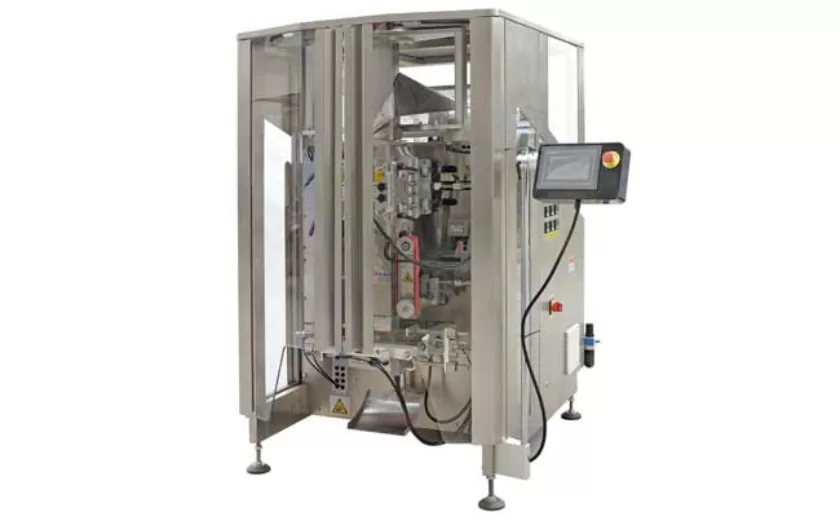
Reliable Granule Packaging Machines for Efficient Production
23-10-2025 -

Efficient Auger Powder Filling Machines for Accurate Packaging
23-10-2025 -

High-Performance Liquid Filling and Packing Machines for Hygienic Production
10-10-2025 -

High-Efficiency Granule Packaging Machines for Precision and Speed
10-10-2025 -

High-Precision Auger Type Powder Filling Machines for Efficient Packaging
10-10-2025 -
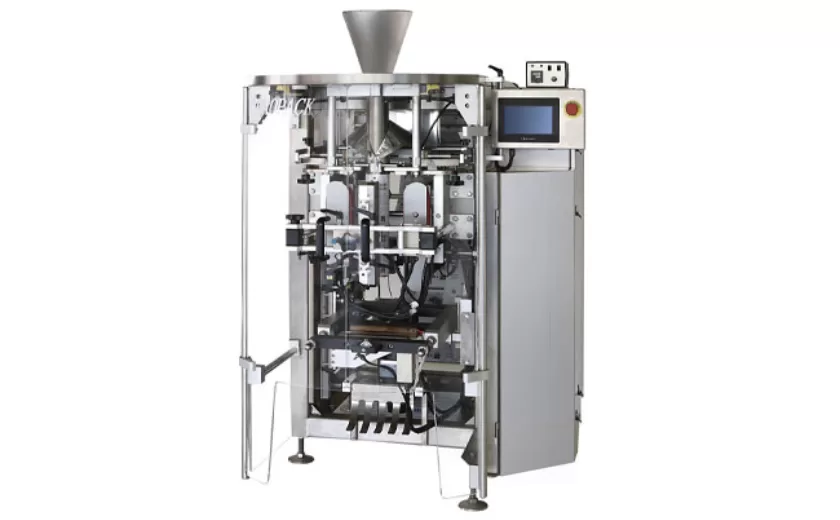
Efficient Vertical Form Fill Seal Packaging Machines for Smart Production
10-10-2025





